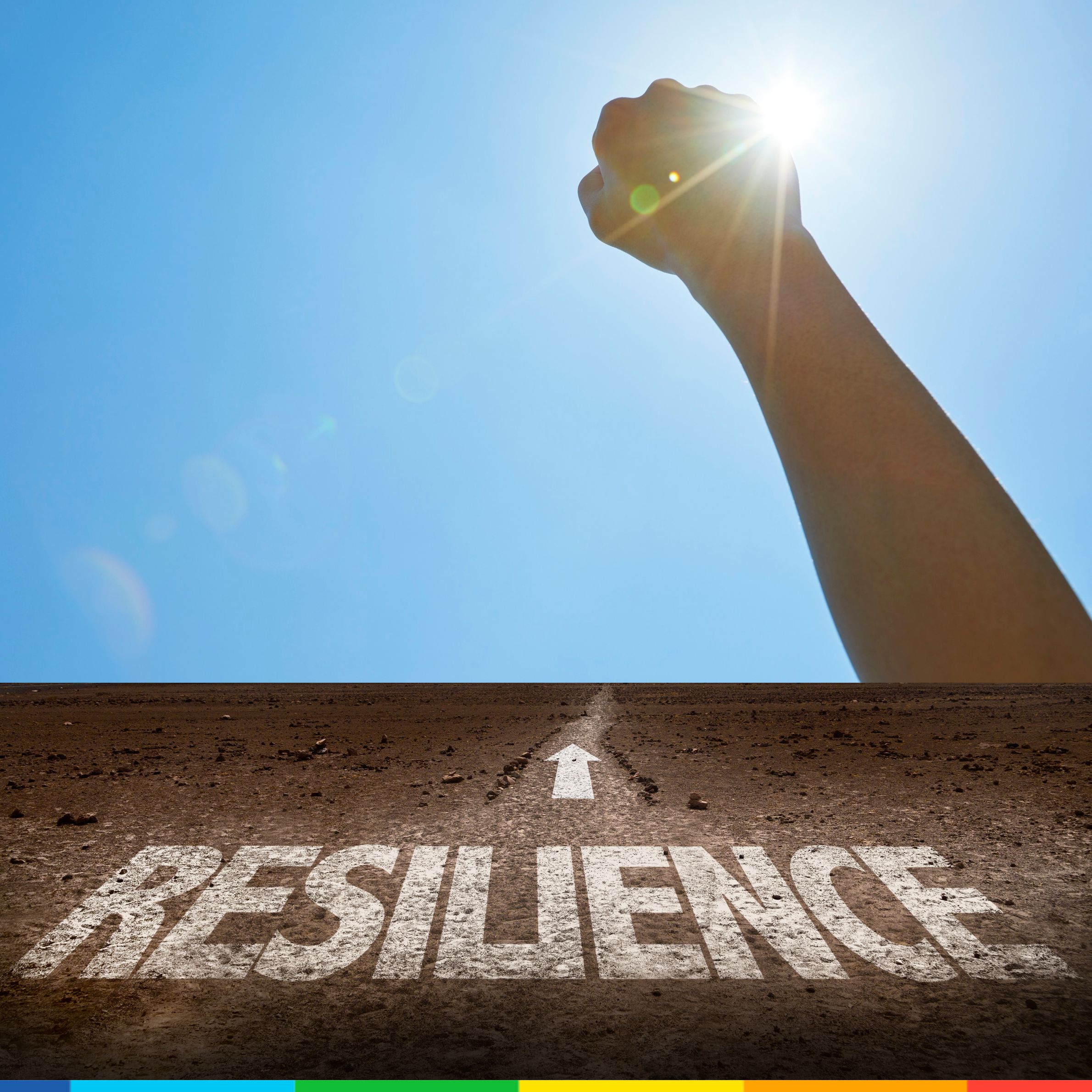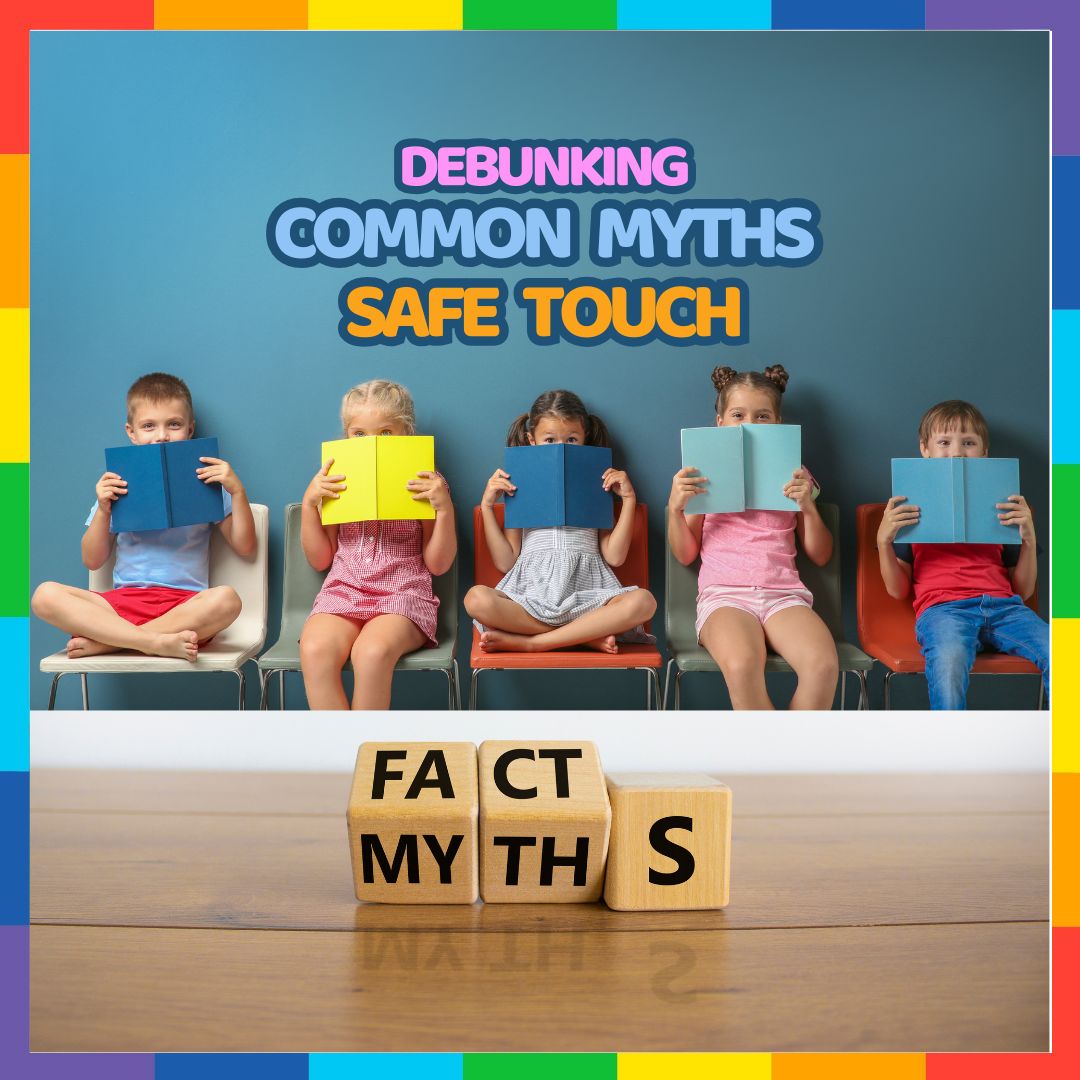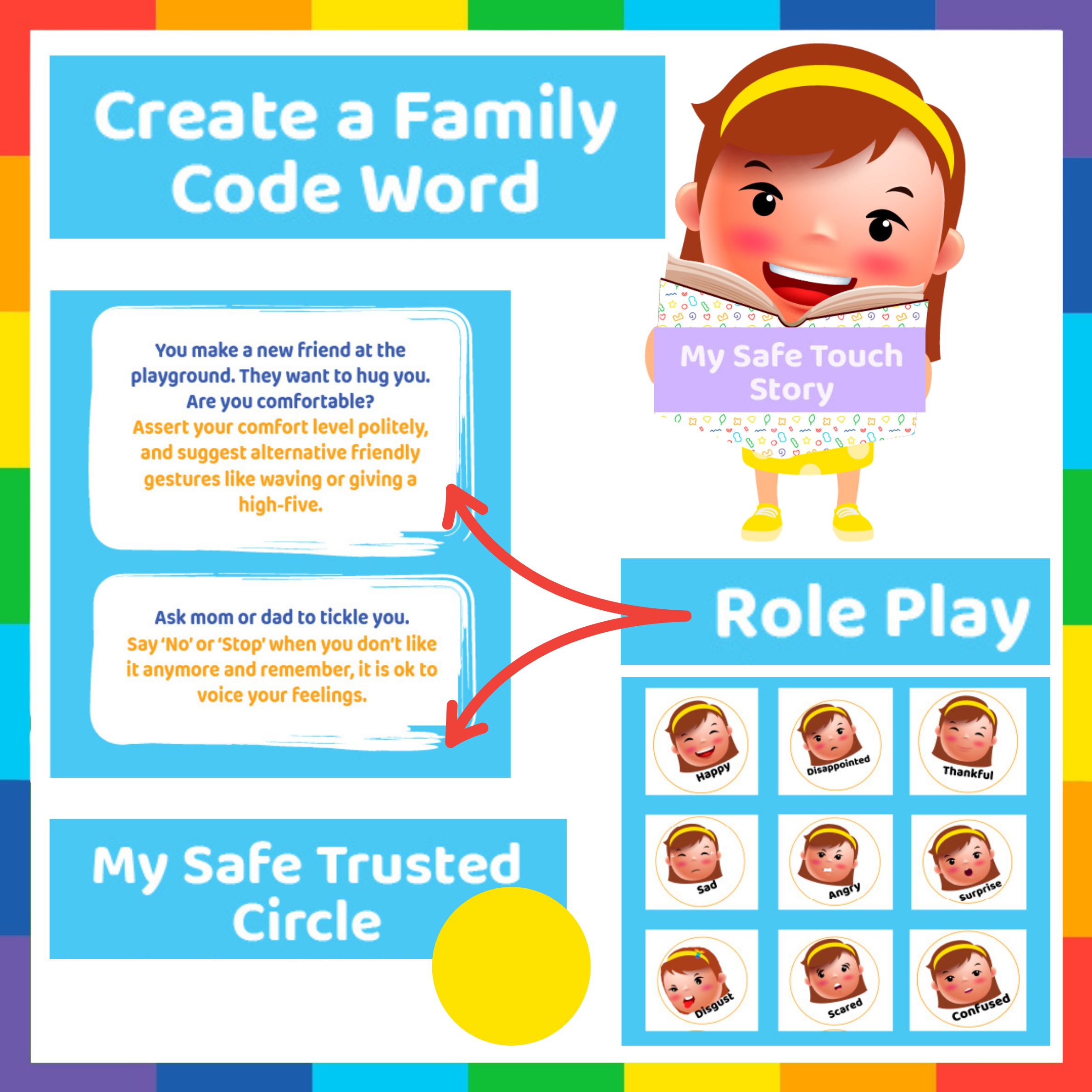
Quick Bites
How Do Read-Alouds Help Kids Understand Emotions? – Know Now
April 3, 2025
Related
Topics

Hey
-

Resilience-Building – Easy Checklist for Kids of All Ages
August 13, 2025
-

-

How to Ensure Body Safety of Your Kids? – Summary
February 27, 2025
-

Debunk Common Myths About Safe Touch: Know the Truth
February 23, 2025
-

How to Reinforce Body Safety and Consent?
February 16, 2025
Ready for more?
Hey
Sign up for Rainbow Kiddies newsletters for more stories and updates
What if 10 minutes of reading aloud could help your child become more confident, emotionally aware, and better connected with you? That’s the power of good read-alouds — especially when it gets kids moving and feeling at the same time.
At Rainbow Kiddies, we recently launched our very first interactive read-aloud video: Move & Guess That Feeling!. In this fun and engaging session, kids are not just invited to listen, but also guess emotions, and act them out with their whole body. Designed for children aged 4–8, it’s a playful introduction to emotional learning, all wrapped up in storytime.
But why are read-alouds so impactful? Furthermore, how can parents make the most of them at home? Let’s explore.
Why Are Read-Alouds More Than Just Story or Activity time?
Reading aloud to children has long been celebrated for its impact on literacy, but it also does wonders for emotional and social development:
- Builds vocabulary and communication skills
- Improves focus and listening
- Encourages empathy and emotional awareness
- In addition, strengthens the parent-child bond
Stories help kids make sense of the world. When they hear about characters who feel nervous, excited, or sad, they learn that these feelings are normal and shared by others too. In addition they also learn how to support someone who might be going through any emotion.
Why Do Movement-Based Read-Alouds Work Even Better?
Children learn best when they are engaged with more than just their ears. So adding movement and interaction to a read-aloud turns passive listening into active learning:
- Kids associate emotions with body language
- Physical play helps them express what they sometimes can’t say in words
- Movement reinforces memory and understanding
In Move & Guess That Feeling!, for example, kids are encouraged to shake like they’re nervous, walk slowly like they’re sad, or jump for joy when excited. This builds a real-time emotional vocabulary they can draw from in everyday life.
How Parents Can Make the Most of Read-Alouds
Here are simple ways to turn read-aloud time into an enriching experience:
Ask open-ended questions
“How do you think Sun felt when everyone was looking at him on stage?”
Use facial expressions and voices
Acting out feelings with your tone and face makes the story more memorable.
Join the movement
If your child is jumping or spinning to act out a feeling, do it too! Shared movement boosts connection.
Talk after the story
“Have you ever felt nervous like Sun? What helped you feel better?”
These simple moments can become the foundation for deep emotional learning also.
Watch It Together: Move & Guess That Feeling
Ready to give it a try? Our newest read-aloud video is available now on YouTube/
Designed to be both fun and meaningful, this video is ideal for:
- Family story/ activity time
- Calm-down corners
- Preschool and also early primary classrooms
Final Thoughts
Every read-aloud is more than a story—it’s a chance to connect, reflect, and grow together. As your child listens, moves, and laughs, they’re also learning the language of feelings. And that’s a gift they can carry with them for life.
From our hearts to yours, happy reading, listening (and moving!)
Sign Up for your Free Parenting Guide: “10 Everyday Ways to Raise an Emotionally Strong Child”

